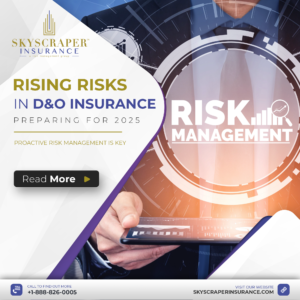Technology vendors are launching “return-to-the-workplace” tools to meet nearly every organization’s circumstances.
When should employees return to the workplace, and how should companies do it?
Businesses in the insurance industry and across sectors are wrestling with these questions and others when considering the return of employees to the workplace. Even when the decision is made to reopen the workplace, how it occurs will differ depending on an organization’s industry, employees, physical space, budget, and more. One thing we all are aware of: It’s not just a matter of opening the doors and telling employees to come on in.
Technology vendors are launching apps, software, and devices for just about every contingency and for nearly every organization’s circumstances. You might say they’re “return-to-the-workplace” tools.
Before any decision is made, HR and employee benefits should be included, even if it’s a small business where the CEO/owner has to put on their HR hat to consider all the risks and requirements. For those who have decided to return employees to the workplace, there are at least five key areas to deal with, each with lots of moving parts:
- Workplace safety
- Employee health/well-being/benefits
- Employee communications
- Workplace policies/business decisionmaking
- Potential for hybrid workforce – on-site and remote workers
In the crucial area of workplace safety. CEOs, business owners, and HR will want to address such issues as the following:
- Screening of employees and visitors/clients
- Contact tracing in case of outbreaks
- Scheduling of employee shifts and visitors/clients
- Moving workstations and creating new traffic patterns
- Monitoring of building room capacity
- Monitoring of employee movements
- Deciding whether to establish vaccine policies and what they might be
Fortunately, vendors have launched hundreds of tools, some simple, some comprehensive, covering a wide spectrum of workplace safety needs. Check out the interactive graphic above for information about the functions of workplace safety tools as you research what is best for your organization.




